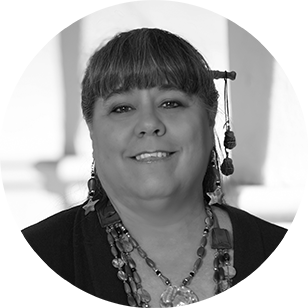The military's unsung Native American heroes
How one of Arizona's busiest color guards honors the Native Americans who fight to keep their homelands free
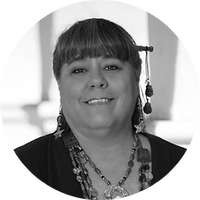
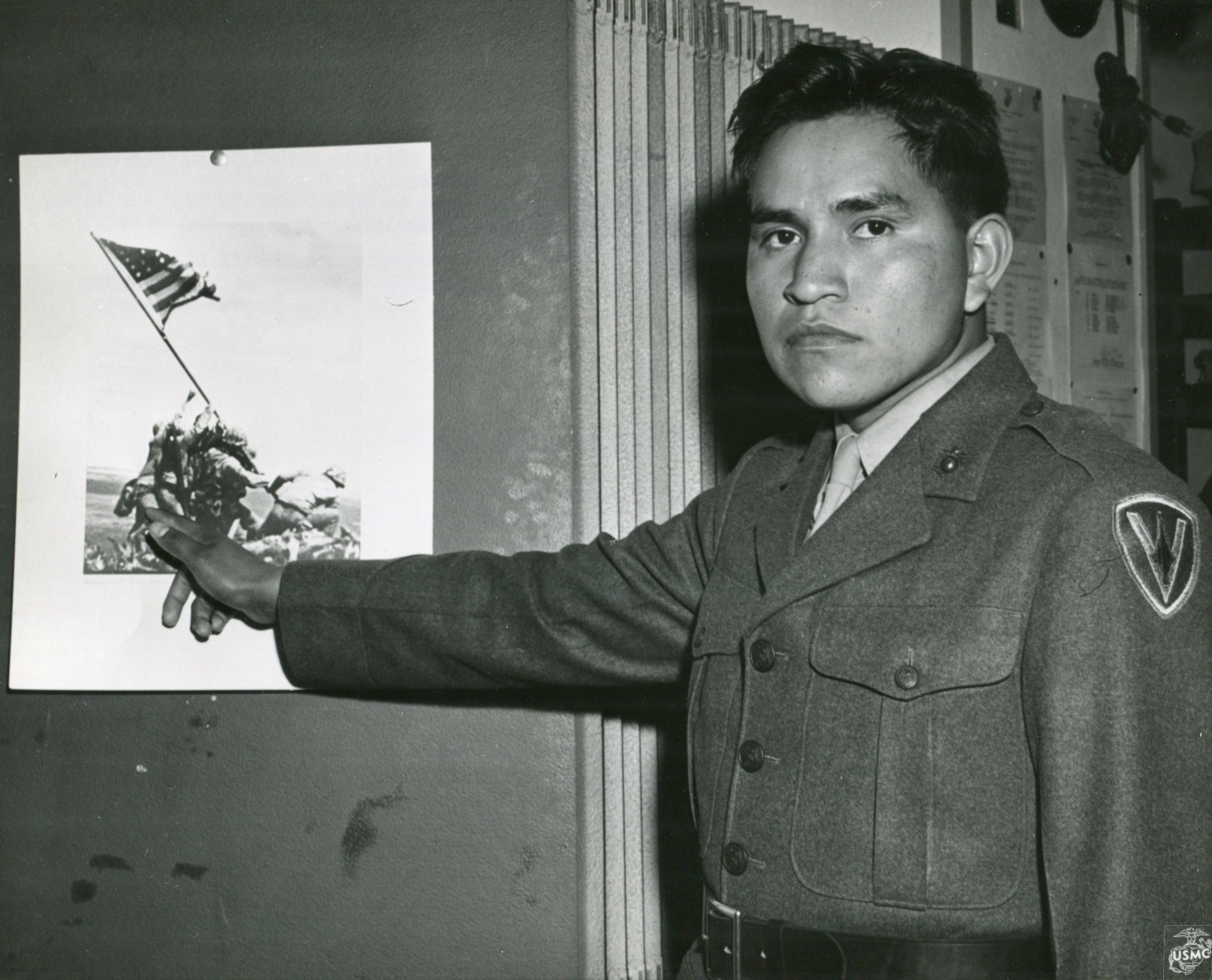
On a sultry morning in late August, a group of middle school students, teachers, administrators, basket dancers, and bird singers converge on the Gila River Indian Community's sprawling reservation, just south of Phoenix. They've come to welcome a grizzled group of veterans as they dedicate a new flagpole at Skyline Gila River District 5's school in Bapchule.
By 8 a.m., the temperature has hit 80 degrees and is rising by the minute. At the south end of campus, green maize fields remind the students of their tribe's ancient agricultural heritage. The flagpole is surrounded by carved Kokopelli figures in each of the four sacred colors — black, red, yellow, and white — and a clay bowl reminiscent of Pima basketry.
Soon, the men they've been waiting for arrive. They sport crisp white short-sleeved shirts, knife-creased black slacks, dress shoes polished to within an inch of their former lives as cowhide, and black garrison hats festooned with pins proclaiming their status. These are members of the Ira Hayes American Legion Post 84, home to one of Arizona's busiest color guards. The post's namesake was a Pima Native American, and one of the six soldiers memorialized in the iconic image of a flag being raised on Iwo Jima. It welcomes both Native American and non-Native veterans from the U.S.'s armed services. The guard is frequently requested to "present the colors" — American, state, and tribal flags — at funerals, pow wows, conferences, and special events such as today's flagpole dedication.
The Week
Escape your echo chamber. Get the facts behind the news, plus analysis from multiple perspectives.

Sign up for The Week's Free Newsletters
From our morning news briefing to a weekly Good News Newsletter, get the best of The Week delivered directly to your inbox.
From our morning news briefing to a weekly Good News Newsletter, get the best of The Week delivered directly to your inbox.
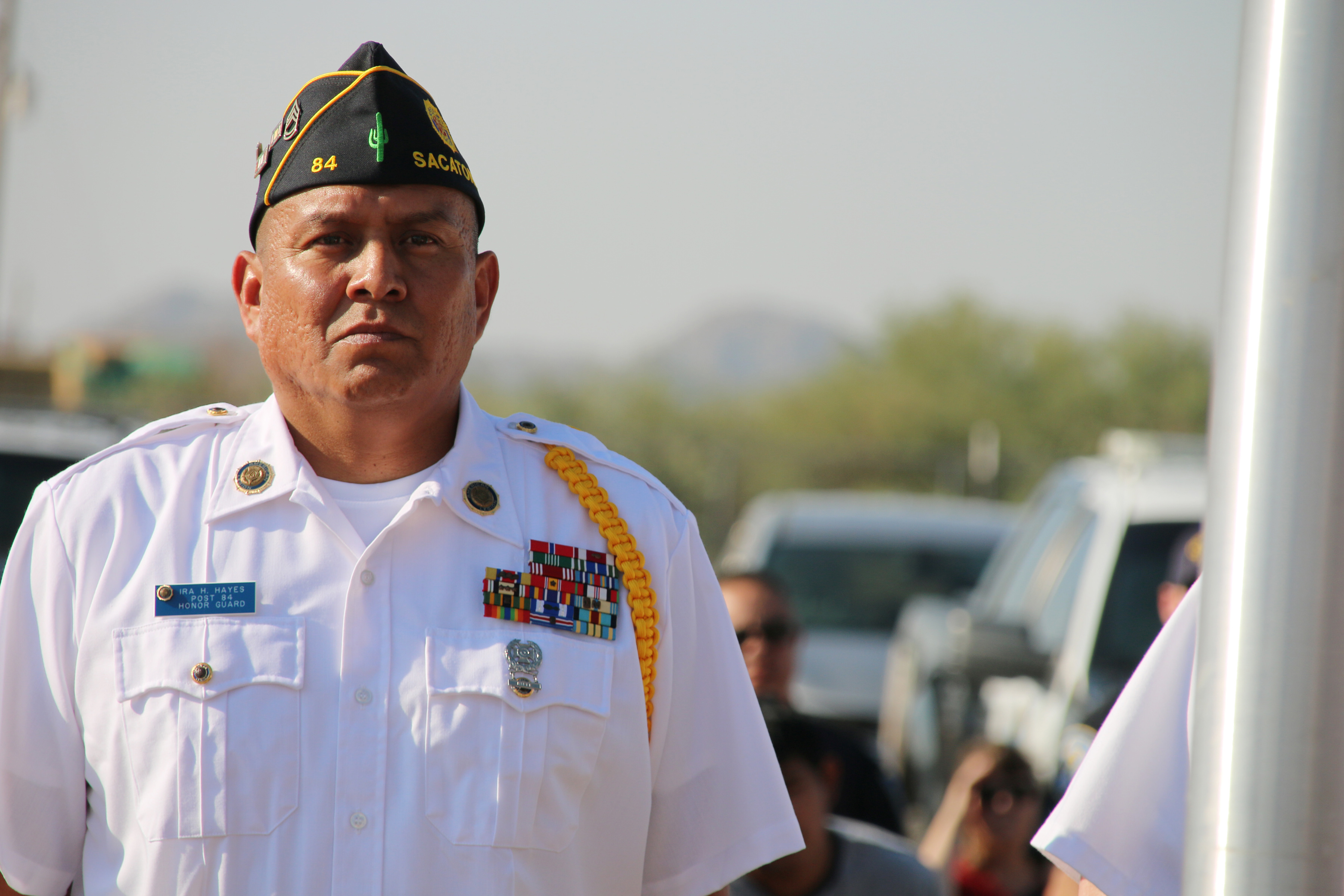
The 11 vets at today's event, and the female auxiliary unit accompanying them, are regarded by the students with a kind of respect that borders on awe. After the ceremony, teachers and kids line up to pass by the vets to shake each of their hands — an Indian Country tradition.
Today, Native people account for about 2 percent of the American population. But in recent years, America's first citizens have been serving in the military at the highest rate of any ethnic group in the U.S. per capita, according to the Department of Defense.
The deference shown the Ira Hayes vets isn't restricted to this Sonoran Desert reservation. Native America's 154,000 veterans and more than 31,000 current serving military are revered throughout Native communities. Many tribal governments have veterans services departments, and they coordinate with the U.S. Department of Veterans Affairs and state vets' groups to ensure their tribal members receive the best of care. This is about respect.
"I think that respect for veterans is about honoring relationships, as many tribal cultures focus on relationships to the Earth, to the elements, to plants and animals," says author and filmmaker Gary Robinson, a member of the Choctaw and Cherokee tribes. "Most Native peoples are still very tied to their cultural roots at some level, and elders of those cultures raised their children and grandchildren to respect and appreciate that willingness to face danger that a warrior must have, to sacrifice their own needs for the good of their community."
A free daily email with the biggest news stories of the day – and the best features from TheWeek.com
The Ira Hayes post recently welcomed its youngest member, 44-year-old Sgt. First Class Ollie Arviso of Fort Defiance, Arizona. The Navajo man will retire in 2020 from the U.S. Army; at that time, he'll have served nearly 30 years in both active and reserve duty. "It was my childhood dream to become a warrior," Arviso says. "This is my life."
The military life, however, exacted a heavy price. In 2009, after Arviso's third deployment during the Iraqi and Afghanistan conflicts, his wife handed him divorce papers. "I hit rock bottom then," he says. "I lost everything," including his son. "I attempted suicide four times, and I became homeless." That's when he moved back to his parent's home in Fort Defiance. Arviso says he suffers from post-traumatic stress disorder, but the color guard helps him maintain his balance. "The color guard still allows me to serve even after I retire," he says.
"When I'm in uniform, I'm fine."
An ever-growing number of Native women are also hearing the call of duty; the VA notes that more than 15 percent of current serving Native personnel are women, whereas only 9 percent are veterans. One such veteran is L. Frank Manriquez. Now 65, she served in the California Air National Guard for two years in the late 1970s, despite being what she calls a "peacenik." Like other Natives, Manriquez says she joined to protect her homeland. "I wanted to be there for my people of California," she says, "not knowing they were going to send me to Korea." Nevertheless, she is still proud that she did her part to protect her people and land.
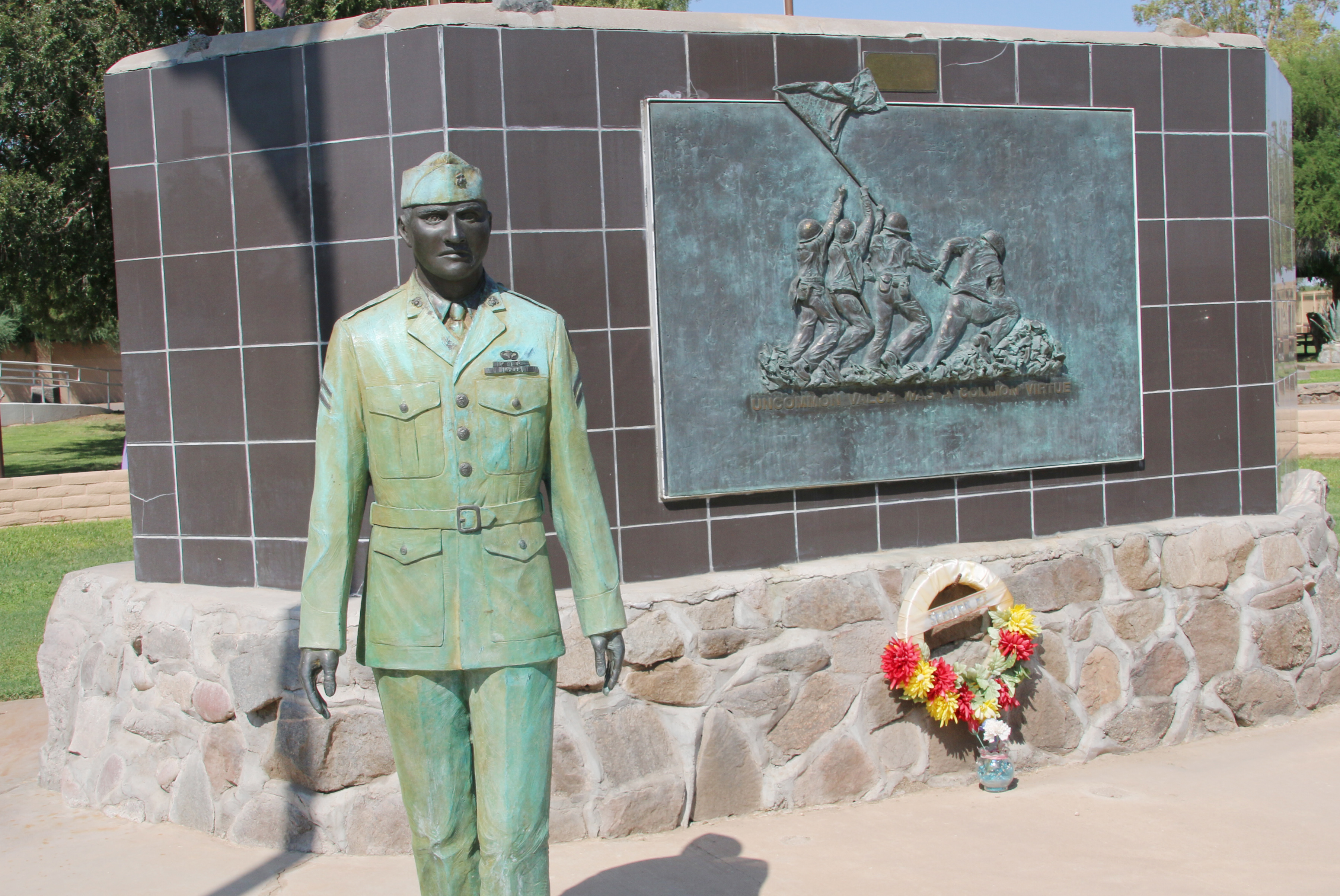
Paulette Yazzie, a member of the Navajo Nation, served in the U.S. Air Force as a staff sergeant. After 12 years of what she calls "wear and tear" and three deployments to Iraq, Kyrgyzstan, and Kuwait, she received a medical discharge and was certified partially disabled. "Adjusting back to the civilian world was very difficult," 38-year-old Yazzie says. Her family had changed and grown when she came back to Winslow, Arizona, and she found it difficult at first to locate services.
Today, Yazzie is helping other vets where she, too, struggled. "I'm helping other, oftentimes older vets to receive their services," she says.
In addition to Western medicine, Yazzie has other ways to cope. "We had family meetings each time I deployed," she says. "They held a protection ceremony with a medicine man each time I left the country. Another ceremony was held when I came home to help me assimilate back into the community.
"It helped me a lot."
After the veterans and school officials share a hearty breakfast, they head back to their headquarters in nearby Sacaton, the capital of the Gila River Indian Community. Their van passes a park that pays homage to Hayes and other Native veterans. Here, tribal members have installed memorials to warriors such as Matthew Juan, another Pima Indian who lost his life in World War I, and Lori Piestewa, the Hopi soldier who was the first known Native female combat causality at the start of the Iraqi War in 2003. These heroes are remembered as a symbol of the many Native men and women who fight — and sometimes die — to keep their homelands free.
Debra Utacia Krol is an award-winning Native American journalist who specializes in Native issues, environmental and science issues, and travel. She is an enrolled member of the Xolon (also known as Jolon) Salinan Tribe from the Central California coastal ranges. Her work has appeared in Indian Country Media Network, High Country News, Winds of Change Magazine (the journal of the American Indian Science and Engineering Society), the Official Arizona Visitors' Guide, and many other publications.
-
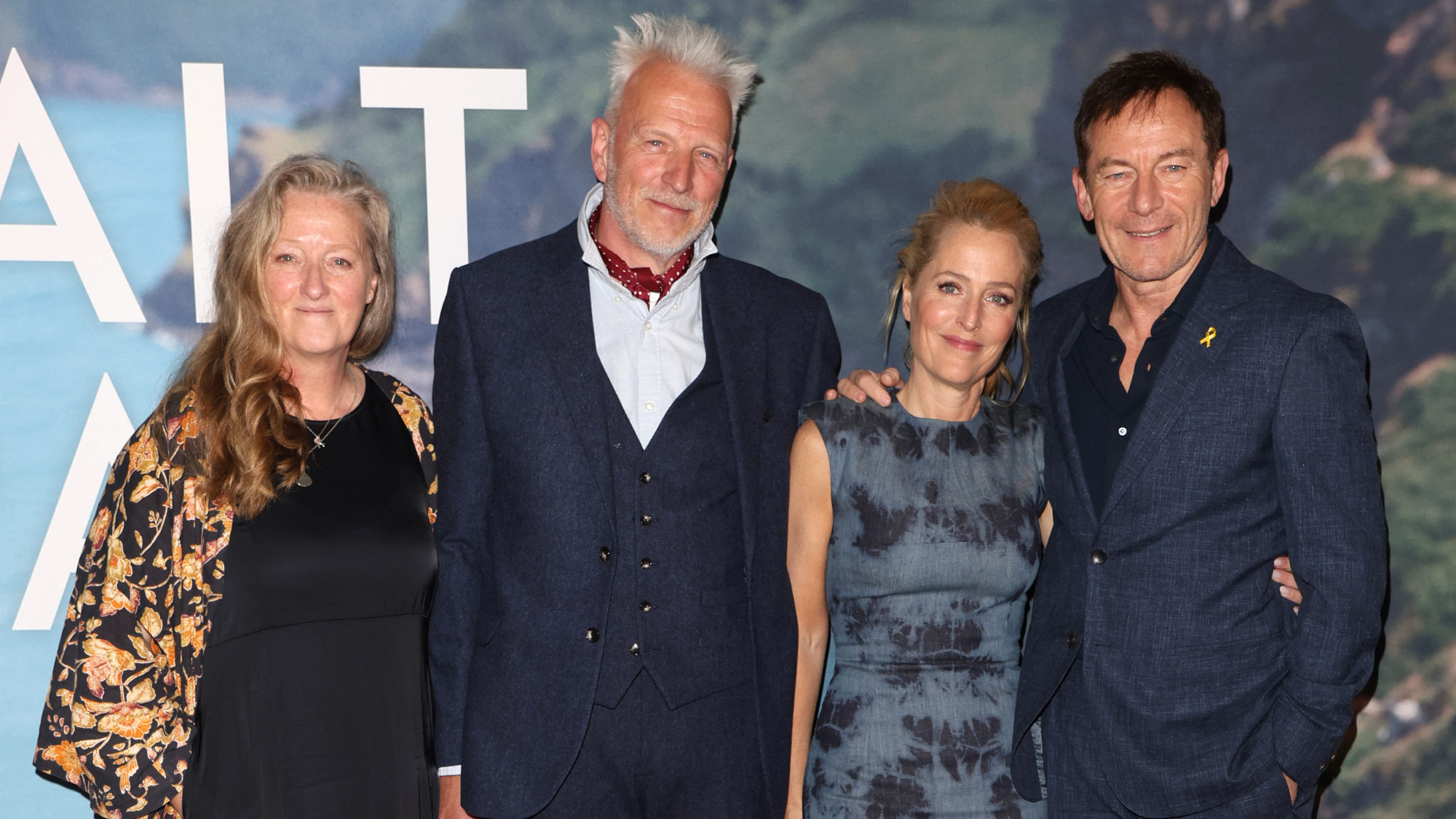 The Salt Path Scandal: an ‘excellent’ documentary
The Salt Path Scandal: an ‘excellent’ documentaryThe Week Recommends Sky film dives back into the literary controversy and reveals a ‘wealth of new details’
-
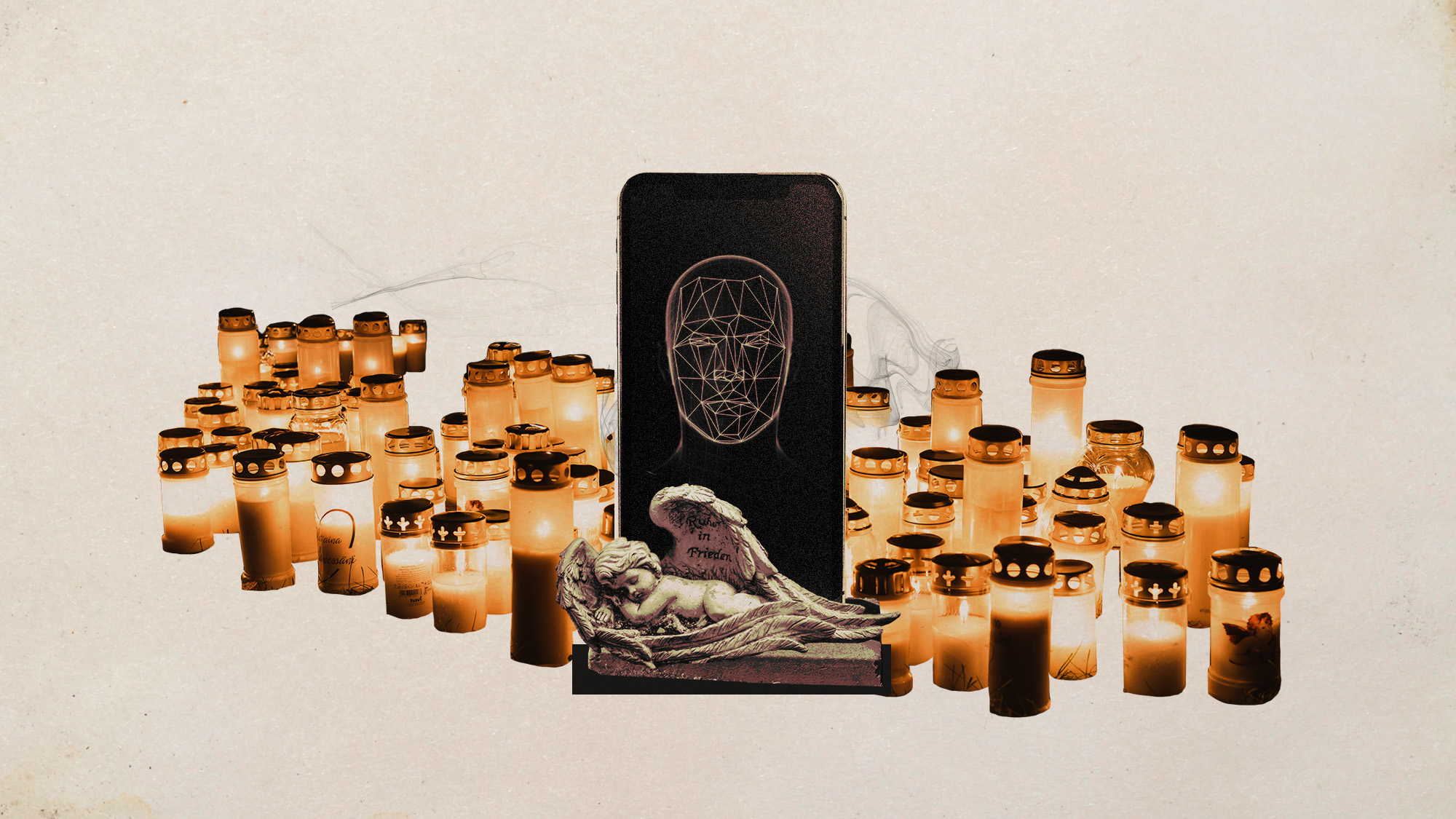 AI griefbots create a computerized afterlife
AI griefbots create a computerized afterlifeUnder the Radar Some say the machines help people mourn; others are skeptical
-
 Sudoku hard: December 17, 2025
Sudoku hard: December 17, 2025The daily hard sudoku puzzle from The Week
